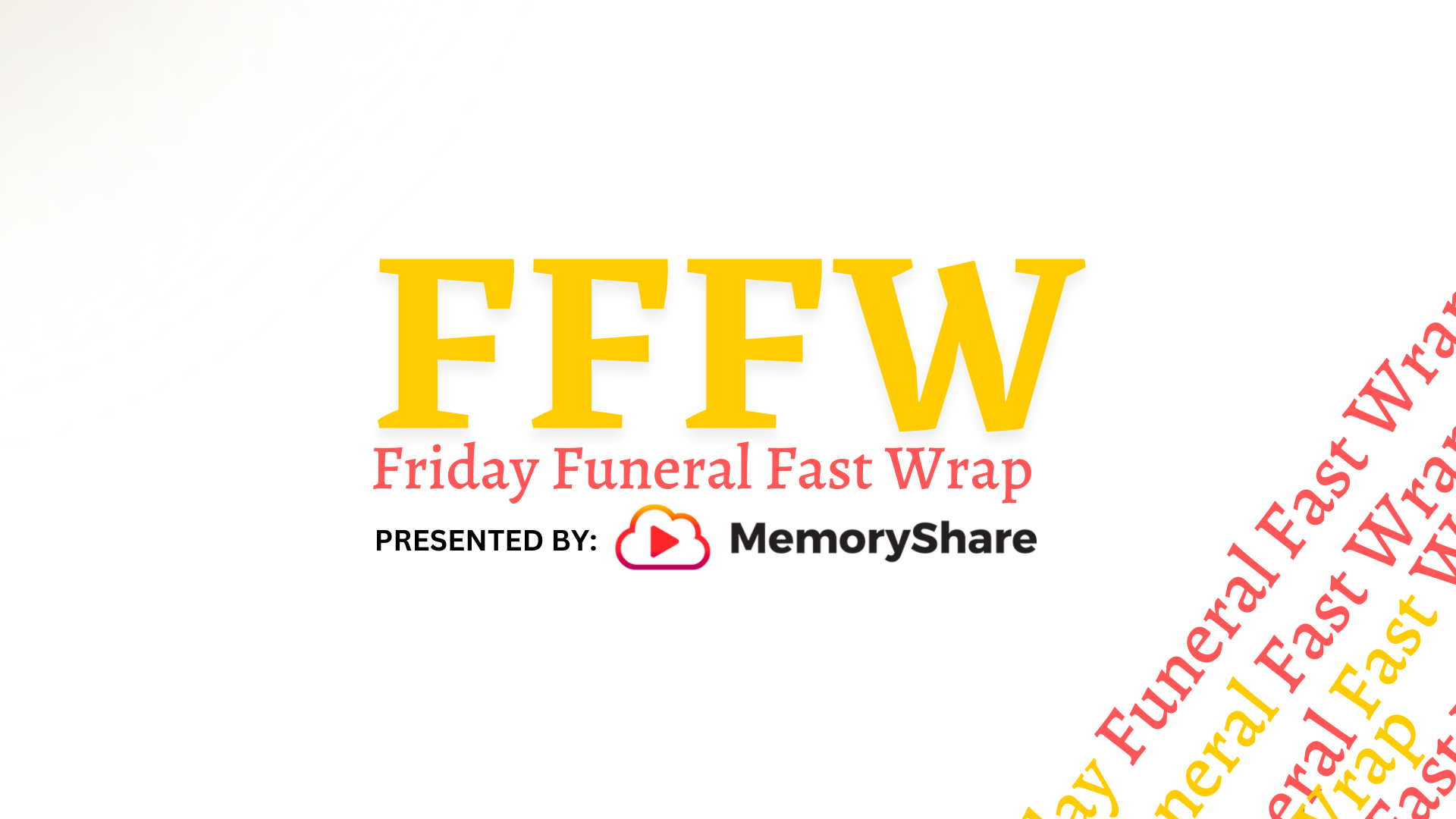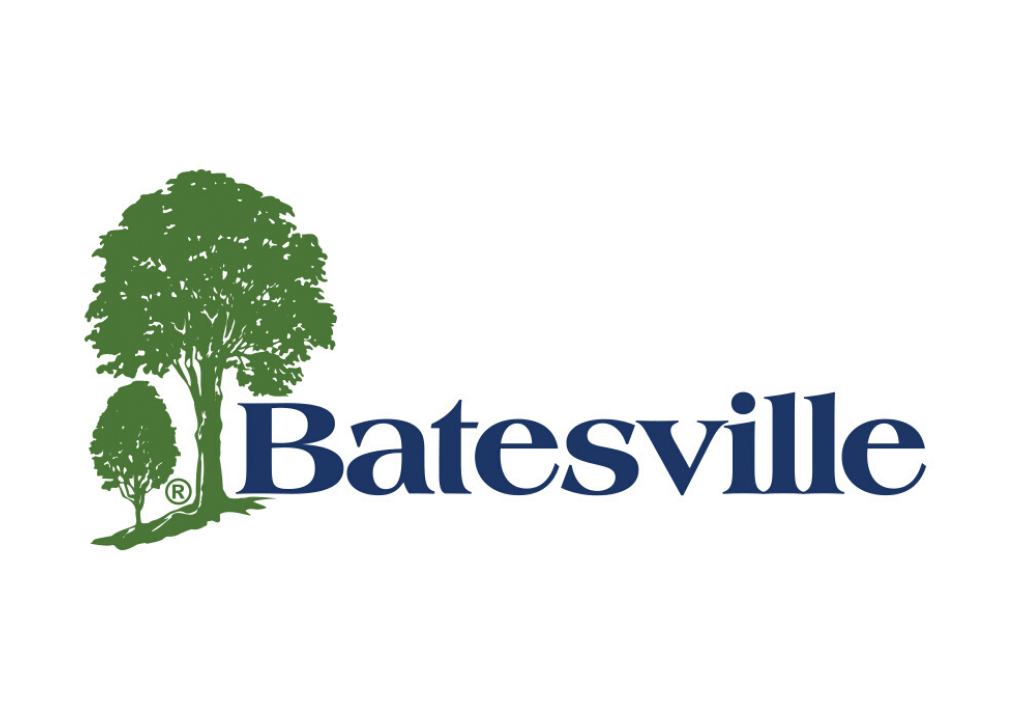Carriage Services Inc. Stock Is Up An Astonishing 188% In The Past Year
What one might think of as the ultimate safe haven category has often proven vulnerable to wild market swings and scandals. Forecasts now call for steady growth, however.
In the long run, we are all dead.
— John Maynard Keynes, A Tract on Monetary Reform (1923), Chapter 3
Alas the long run for Mr. Keynes was cut a lot shorter than it should have been, unless you are of the supply side persuasion. He died in this, Eliot’s “cruelest month” of April, aged only 62 and notwithstanding having been born to a long line of nonagenarians.
Still, the English economist would surely appreciate the impressive economies of scale and stellar stock performance of several names in the cemetery sector and funeral home industry of late. One of their number, Carriage Services Inc. (NYSE:CSV) is up an astonishing 188% in the past year yet turn to CNBC — never known to under-hype a hot stock story — and all you get is a perfunctory “There is no recent news for this security.”
Contrast this with the endless daily articles analyzing every single squiggle in Apple (NASDAQ:AAPL), whose performance in the identical period has been death warmed over by comparison as former fans — including one whose name is straight out of a ’60s sitcom where the actors all looked embalmed — turn increasingly cautious.
Clearly this is a stealth space whose success stories are, far from hiding in plain sight, actually buried very deep. Understandably so perhaps, since the industry’s target market isn’t exactly a warm and fuzzy topic, but it ultimately comes to us all and offers those still in the quick an occasional chance of a fast buck.
Industry Background
According to the National Funeral Directors Association (NFDA), which appears to update its data at an appropriately funereal pace, this sector recorded revenue of $11.95 billion in 2007, the most recent year for which such information is available. This is up steadily from half a decade previously. The Census Bureau estimates that approximately 2.5 million Americans expire annually, and many of us will end up interred in one of this country’s approximately 50,000 cemeteries.
The industry employs its own unique euphemistic nomenclature, in which anything that smacks of “death” is often rechristened with a more pleasant sounding phrase, like “Post-Life Services.” (Deceased customers represent “comparable sales.”) And for a seemingly staid space, it often takes turns worthy of an Agatha Christie whodunit. “Formaldegate,” a fiasco involving embalming violations, left a stain on the sector several years ago and a more recent 60 Minutes profile exposed other nefarious practices including bodies being exhumed in order to resell the lucrative resting places they occupied.
Boom, Bust, and Back From the Dead
Ironically, what one might think of as the ultimate safe haven group has often proven vulnerable to the sort of wild gyrations that tend to send Wall Street’s widows and orphans running for cover.
The death care industry, salivating over an inexorably aging cohort of baby boomers, experienced impressive growth for much of the 1980s and 1990s. That era even saw the inception of the first collective investment vehicle dedicated solely to the sector, the Pauze Tombstone Fund, founded by the son of a casket maker. For the many believers in the mantra that “demography is destiny,” the future appeared bright. Big players enjoyed breakneck growth fueled by aggressive acquisitions, the snapping up of independent operators, and prearranged funeral package sales.
But a funny thing happened on the way to the mortuary: Methuselah muscled out the Grim Reaper and people suddenly stopped dying in the numbers expected. Rapid advancements in health care were ascribed much of the “blame” for a development that only funeral industry insiders could call disappointing. Some bereaved families also balked at the specter of impersonal corporate-owned behemoths employing distant call centers to answer delicate inquiries, and took their business to a multitude of more local alternatives.
A series of accounting scandals and utterly unsustainable debt levels, piled up during the bubble years, compounded the misery, and by the turn of the millennium, the sector had suddenly become a dead man walking. A glance at the chart of industry leader Service Corporation International (NYSE:SCI) illustrates the extent of the calamity.
The poor stiffs stuck with the stock saw it slide 81% in 1999, making Service Corporation the single worst performing large cap equity in a year when losing money at times appeared almost impossible. Its competitor Carriage Services slumped about 74% in 2000, an annus horribilis on Wall Street that also claimed the Pauze Tombstone Fund, which kicked the bucket after an utterly undistinguished 35 months.
A prolonged period of rigor mortis subsequently set in, with necessarily brutal measures undertaken in order to repair decimated balance sheets. The industry found itself compelled to sell off assets and embark on a period of painful restructuring. (In the case of Service Corporation, the job cuts even extended to the founder’s son.) A gruesome incident involving the dumping of corpses in Florida — a retiree haven often referred to as “God’s antechamber,” despite being named by none other than Ponce de León of “Fountain of Youth” fame — did little for image rehabilitation.
Slowly, the stocks started to show signs of life. Binge era excesses were eventually unwound and historically low interest rates proved to be manna from heaven for easing onerous debt burdens. The industry also won plaudits for its increasingly inventive embrace of the Internet, broadcasting funerals over the Web and branching out into areas including online memorials. In response to customer demand, it introduced more customized offerings along with a holistic approach that encompassed areas such as estate planning. In recent years, while remaining a long way from its heyday, the sector has often handily outperformed the overall market. Indeed according to data from financial aggregator tickerspy, a basket of the six death care stocks profiled in this article have easily bested both the Dow Jones (INDEXDJX:DJI) and S&P 500 (INDEXSP:.INX) over the past half decade.
Read the rest of this article: http://www.minyanville.com/business-news/editors-pick/articles/6-Stocks-to-Die-For253A-Making/4/4/2013/id/49038




